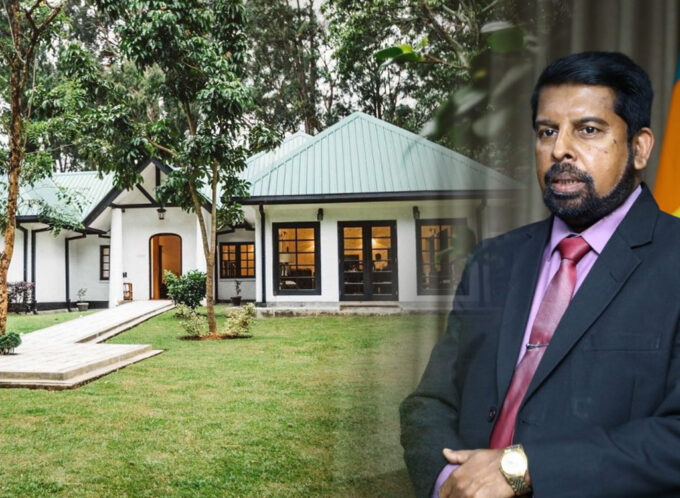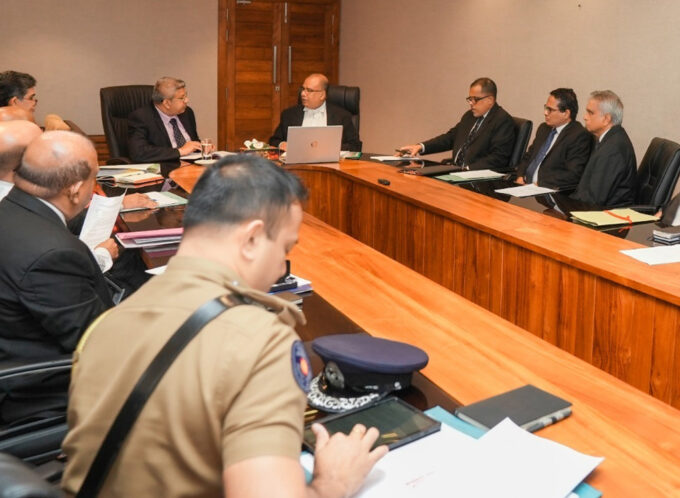Sri Lanka’s bond auction on August 12, 2025 sent a stark warning to policymakers: despite macroeconomic stabilisation under IMF reforms, deep-seated investor skepticism remains.
The Central Bank of Sri Lanka (CBSL) sought to raise LKR 65 billion through bonds maturing in 2032 and 2035, but the market delivered a brutal verdict – zero uptake for the 2032 bond and tepid demand for the 2035 issue, leaving the auction LKR 46.5 billion short of its target.
Here is a summary of the bond market operations.
2032 Bond (8% coupon): Fully rejected, signaling investors see the return as inadequate for Sri Lanka’s lingering default risks and inflation.
2035 Bond (10.7% coupon): Only 74% of target met, underscoring persistent doubts over long-term debt sustainability, policy clarity and economic reforms.
“The bond market is flashing red,” a debt market analyst told the Island Financial Review on condition of anonymity. “Investors are saying, ‘Show us real progress on debt restructuring and economic reforms before we commit.”
“While short-term bonds (2027-2029) traded at 8.50%-9.39%, yields on longer-dated debt (2030-2032) climbed to 9.45%-10.25% which was a clear risk premium. Overnight liquidity also tightened to LKR 97.89 billion, hinting at growing caution. The rupee inched up to LKR 300.67/USD. Yet, traders appear to think that stability is fragile. In this context, if bond auctions keep failing, pressure on the currency will return,” he cautioned.
When asked what could be done to make the bond market more attractive for investors, he replied, “The Central Bank may be forced to sweeten terms, risking a reversal of recent rate cuts which will push borrowing costs higher though. Sri Lanka’s economy is stabilising, but the bond market’s cold shoulder reveals a harsh truth – investors still don’t trust the recovery. Without faster debt solutions and critical economic reforms, the Central Bank’s Road ahead would just get rougher,” he opined.
(Sanath Nanayakkare – The Island)











Leave a comment